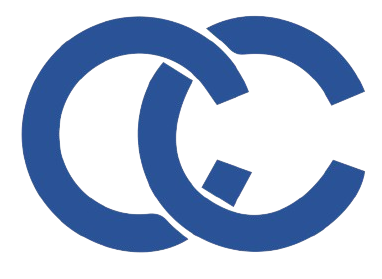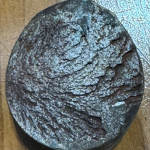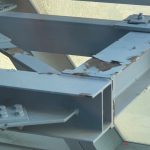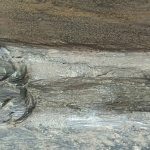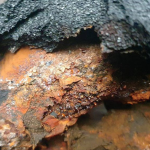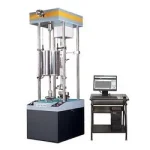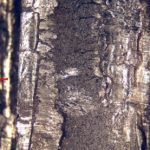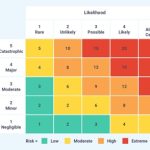Blogs
Home / Blogs
Macroscopic Features of Different Failure Modes
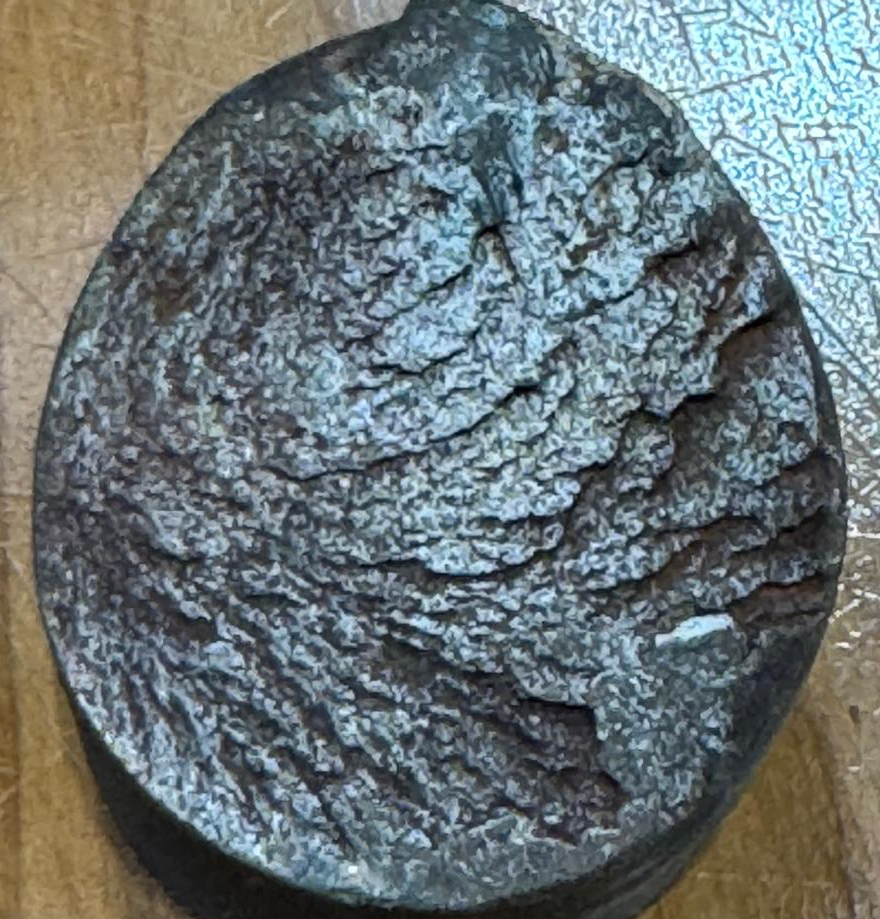
Failure Type | Material Behaviour | Key Macroscopic Features |
Overload | Ductile | – Necking (localized thinning) |
Brittle | – Flat fracture surface | |
Sudden Impact | (Depends on material) | – Radial lines from origin |
Fatigue | Cyclic loading | – Beach marks/clamshell patterns |
Creep Damage | High-temperature sustained load | – Intergranular fracture (“rock candy”) |
Points to Note:
- Overload: Distinguish ductile vs. brittle based on material type.
- Sudden Impact: May mimic brittle fracture even in ductile materials.
- Fatigue: Look for progressive crack growth marks (beach marks).
- Creep: High-temperature exposure is critical; grain boundary damage is a hallmark.

Anil K Vashishta
Anil K Vashishta is a Metallurgical Engineer from the National Institute of Technology, Rourkela, with over 29 years of expertise in materials, corrosion, and metallurgical/mechanical laboratory management. As the Managing Director of Colossal Consultants LLC in the United Arab Emirates—founded in 2019 to serve the GCC and South-Eastern regions—Anil applies his extensive background to support diverse industries, particularly oil and gas.
A Certified NACE Corrosion Specialist and NACE Material Selection Design Specialist, Anil specializes in corrosion assessment and mitigation, material selection, turnkey laboratory setup, and root cause/failure analysis. His comprehensive skills also include in-situ replica metallography, condition assessment, coating evaluations, and cathodic protection. With a deep passion for technical excellence and practical solutions, Anil continues to drive innovation and best practices in the field of materials engineering.
In this article
No posts found
